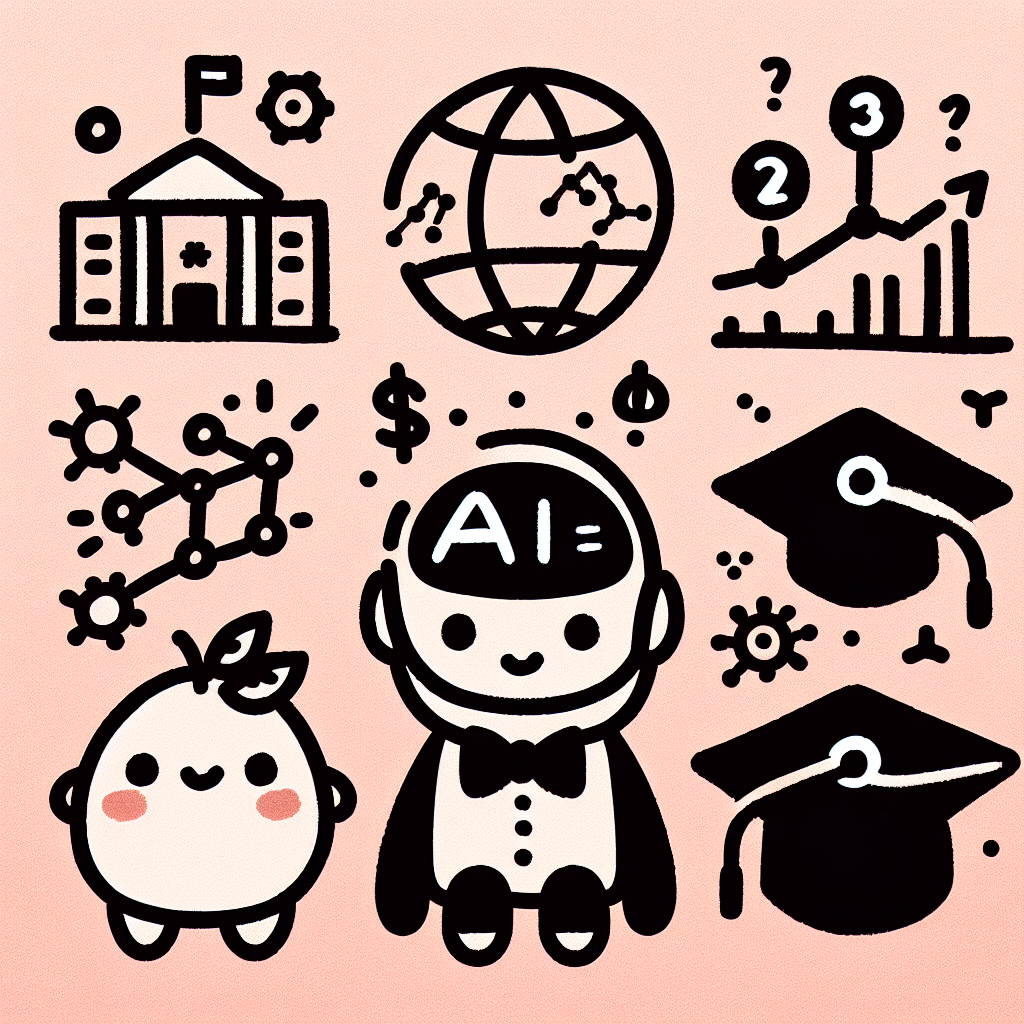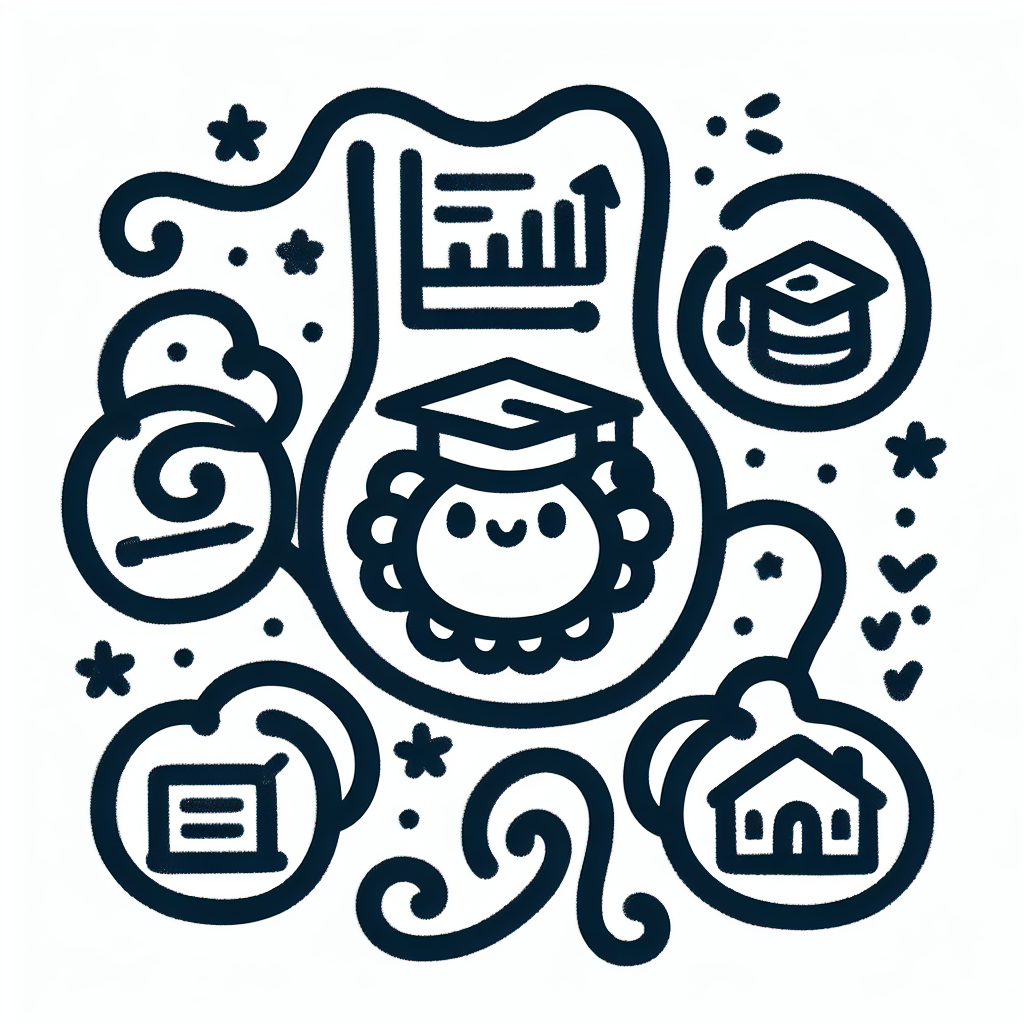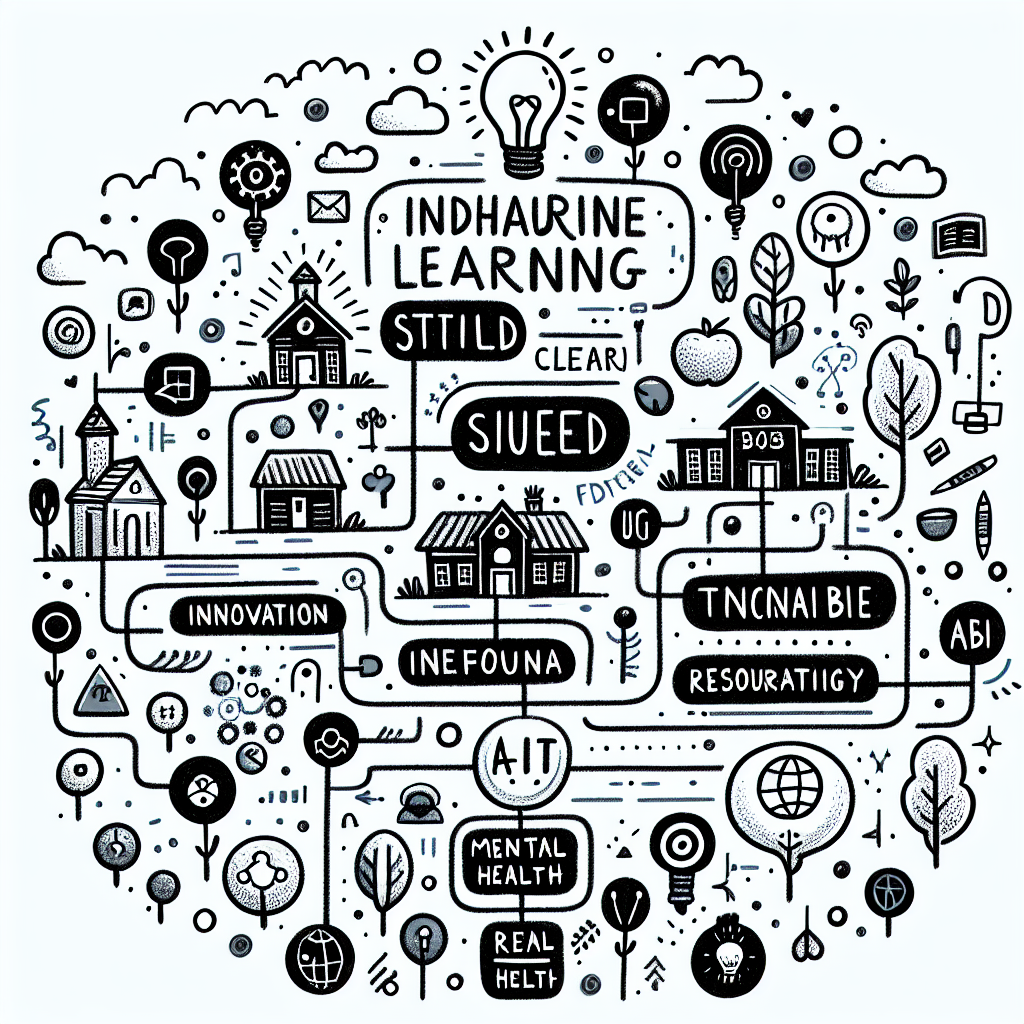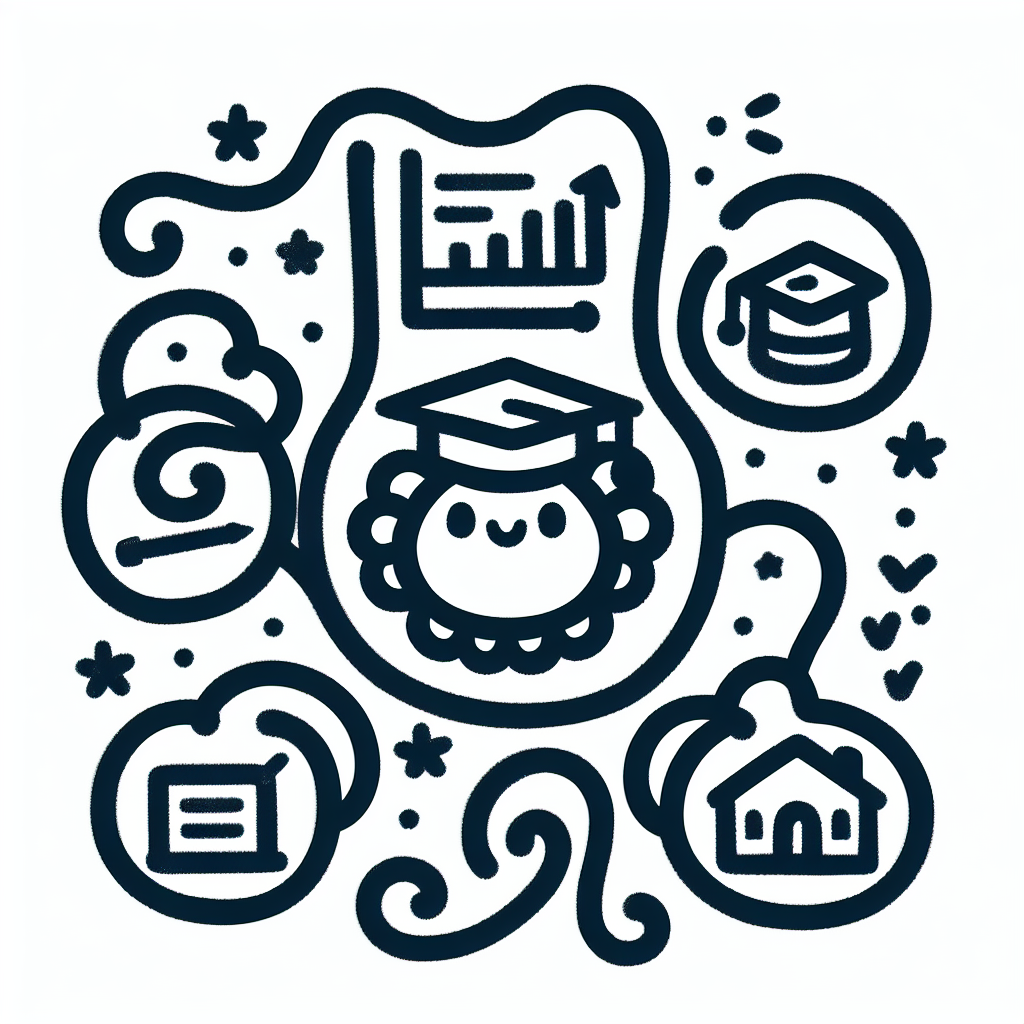Introduction
School rankings play a significant role in shaping decisions for students, parents, and educators. For families, these rankings help identify institutions that align with academic goals, extracurricular interests, and long-term outcomes. Educators and administrators also rely on rankings to benchmark performance and guide improvements.
When discussing the best schools 2026, it's important to clarify what "best" entails. In the context of K–12 education, this may refer to academic performance, student-teacher ratios, extracurricular opportunities, and safety. For colleges and global universities, the definition expands to include research output, graduation rates, faculty credentials, and global reputation.
Several methodologies underpin school ranking systems. For example, U.S. News & World Report evaluates schools based on factors like test scores, graduation rates, and college readiness. Times Higher Education and QS World University Rankings assess global universities using criteria such as international outlook, research influence, and teaching quality. Educational analysts also project future rankings by considering demographic trends, policy changes, and technological integration in classrooms.
Understanding these methodologies and definitions is essential when considering which institutions will be seen as the best schools in 2026.

🌍 Global University Rankings: Who Leads in 2026?
📊 U.S. News & World Report's 2025-2026 Best Global Universities Rankings
In the latest edition of its annual assessment, U.S. News & World Report evaluated over 2,250 institutions to determine the best schools 2026. The rankings are based on a comprehensive methodology that considers factors such as research output, global and regional academic reputation, and international collaboration.
Harvard University secured the top spot in the global rankings, reaffirming its long-standing academic dominance. Massachusetts Institute of Technology (MIT) and Stanford University followed closely, rounding out the top three. These schools continue to lead due to their consistent research impact and global influence in academia.
🌐 Regional Highlights and Global Reach
The best schools 2026 rankings also highlight regional leaders that reflect the global diversity of academic excellence:
- North America: Alongside the U.S. powerhouses, the University of Toronto and McGill University in Canada earned high placements, reflecting their growing international prominence.
- Europe: The University of Oxford and the University of Cambridge remained the top institutions in the region, with ETH Zurich also achieving a strong position.
- Asia: Tsinghua University and the National University of Singapore stood out for their increasing research output and global partnerships.
- Oceania: The University of Melbourne and the University of Sydney represented Australia in the upper tiers of the rankings.
- Latin America and Africa: While still emerging in the global rankings, institutions like the University of São Paulo and the University of Cape Town are gaining visibility due to improved research performance and international collaboration.
These regional insights reflect a broader trend of academic globalization. For international students, the best schools 2026 rankings provide crucial guidance on where to pursue quality education with strong global recognition. Additionally, the growing performance of universities in developing regions signals a shift toward more equitable access to world-class education and research opportunities.

🎓 U.S. College Rankings: A Domestic Deep Dive
🧭 U.S. News & World Report's 2025 Best Colleges Rankings
The U.S. News & World Report's 2025 rankings continue to play a central role in evaluating the best schools 2026 has to offer. The methodology emphasizes social mobility, graduation rates, and post-graduate outcomes, offering a data-driven look into institutional performance. In the National Liberal Arts Colleges category, Williams College and Amherst College secured the top positions, reflecting their strong academic performance and student outcomes.
📚 The Princeton Review's Best Colleges for 2026 Rankings
The Princeton Review's Best Colleges for 2026 rankings offer a more student-experience-oriented perspective, evaluating institutions across 50 categories such as teaching quality, dorm life, and campus food. In these rankings, Sarah Lawrence College was recognized for its exceptional teaching, while Washington and Lee University earned high marks for delivering the best classroom experience. These evaluations contribute a more holistic view of the best schools 2026 has to offer.

K–12 Schools: Enrollment Trends and Educational Shifts
📉 Enrollment Projections to 2028
According to projections by the National Center for Education Statistics (NCES), public school enrollment across the United States is expected to decline by 4% between 2020 and 2030. This national trend will not affect all regions equally. Enrollment is projected to increase in the South and West, while the Midwest and Northeast are expected to see declines. These shifts have direct implications for school funding models, workforce planning, and infrastructure investments. Districts in growing regions may face overcrowding and resource strain, while those in declining areas may need to consolidate schools or adjust staffing levels.
💻 High School Computer Science Participation
A six-year study tracking high school computer science (CS) course participation found an increase from 10% in 2018 to 15% in 2023. However, participation dropped to 13% in the 2023–2024 school year. This fluctuation underscores the challenge of maintaining long-term engagement in STEM education. To reverse this trend, education leaders are considering curriculum updates, investment in teacher training, and enhanced outreach efforts to underrepresented student groups. Sustained support is critical to ensure computer science remains a core component of preparing students for the best schools 2026 and beyond.

📈 Trends Shaping the Future of Education
🔍 Data-Driven Decision Making
In the journey to identify the best schools 2026, data has become a central force in shaping institutional priorities and guiding student decisions. Increasingly, prospective students and their families rely on rankings, employment outcomes, and student satisfaction scores to make informed choices. Simultaneously, colleges and universities are leveraging advanced analytics and artificial intelligence to refine their admissions strategies and tailor student advising. Predictive models now help institutions identify at-risk students, optimize course offerings, and improve graduation rates. This data-centric approach not only enhances institutional efficiency but also supports personalized academic pathways.
🌐 Internationalization and Global Competition
The best schools 2026 are also responding to a more globalized and competitive educational landscape. The number of international applicants continues to rise, leading schools to expand their recruitment efforts across borders. In addition, many institutions are forming strategic partnerships with universities in other countries to offer joint degrees, research collaborations, and global learning experiences. However, geopolitical shifts—such as changes in visa policies and international relations—can significantly impact global student mobility. Schools are increasingly building resilience into their internationalization strategies to adapt to these uncertainties.
🧑🎓 Student-Centric Metrics
As definitions of student success evolve, the best schools 2026 are placing greater emphasis on outcomes that matter to students and employers alike. Metrics such as career readiness, mental well-being, and the development of transferable skills are becoming central to evaluating institutional performance. Schools are redesigning curricula, expanding career services, and investing in mental health resources to meet these new priorities. This shift reflects a broader movement toward student-centered education, where long-term success is measured not just by academic achievement, but by holistic development and post-graduation outcomes.

Choosing the Right School in 2026
🎯 Key Considerations for Students and Families
Selecting the best schools 2026 involves more than just looking at rankings. Students and families should begin by aligning a school's strengths with the student's academic interests and long-term goals. For example, a student interested in engineering may prioritize institutions with strong STEM programs, while an aspiring artist may seek out schools known for their creative arts departments.
Academic fit is just one piece of the puzzle. Social environment also matters—factors like campus culture, student diversity, and extracurricular offerings can significantly influence a student’s college experience. Financial fit is equally important. Families should consider not just tuition, but total cost of attendance and available financial aid, including scholarships and grants.
Campus visits and virtual tours provide invaluable insight into the daily life at a school. These firsthand experiences, along with student reviews, can reveal aspects of a school that aren't evident from brochures or websites. Hearing directly from current students about their experiences can help families make more informed decisions.
📌 Tools and Resources for Decision-Making
To identify the best schools 2026, families can turn to trusted rankings platforms such as U.S. News & World Report, Princeton Review, and the National Center for Education Statistics (NCES). These sources offer detailed information on academic performance, faculty qualifications, graduation rates, and more.
Data dashboards are another useful tool, allowing users to compare schools side-by-side on various metrics like acceptance rates, average test scores, and post-graduation outcomes. These tools help families narrow down choices based on criteria most relevant to them.
Guidance counselors and independent educational consultants also play a crucial role. With experience navigating the admissions landscape, they can offer personalized advice, help interpret data, and identify schools that align well with a student’s profile and aspirations.
By combining objective data with personal insights, families can make well-informed decisions about the best schools 2026.

Conclusion
The landscape of education in 2026 has been shaped by innovation, adaptability, and a renewed focus on student-centered learning. The best schools of 2026 have distinguished themselves through academic excellence, strong extracurricular programs, and a commitment to equity and inclusion. Institutions like Lincoln High School, Westbrook STEM Academy, and Greenfield International School have consistently led the way, setting benchmarks in both standardized outcomes and holistic development.
Key educational trends in 2026 include the integration of AI-driven personalized learning, expanded access to mental health resources, and increased emphasis on real-world skills such as financial literacy and digital citizenship. These developments reflect a broader shift toward preparing students for a rapidly changing global workforce.
Choosing the best schools in 2026 requires more than reviewing rankings; it involves analyzing data such as teacher-to-student ratios, graduation rates, and program offerings to align with each student's unique needs and goals. With more transparency and tools available than ever before, families can make informed decisions backed by purpose and a clear understanding of long-term outcomes.
Looking beyond 2026, the evolution of education will likely continue to emphasize flexibility, technology integration, and lifelong learning. As schools adapt to future challenges, those that prioritize innovation and inclusivity will remain at the forefront of educational excellence.

Citations
The following sources were referenced in the analysis of the best schools 2026:
- U.S. News & World Report's 2025–2026 Best Global Universities Rankings provided a comprehensive evaluation of academic research performance and global reputation.
- The Princeton Review's Best Colleges for 2026 Rankings offered insights into student satisfaction and campus experiences, contributing to the overall assessment of the best schools 2026.
- U.S. News & World Report's 2025 Best Colleges Rankings were used to evaluate domestic academic quality, graduation rates, and faculty resources.
- NCES Projections of Education Statistics to 2028 helped contextualize enrollment trends and demographic shifts impacting the best schools 2026.
- High School Computer Science Participation Study informed the analysis of STEM readiness and curriculum accessibility in secondary education relevant to future college preparedness.














